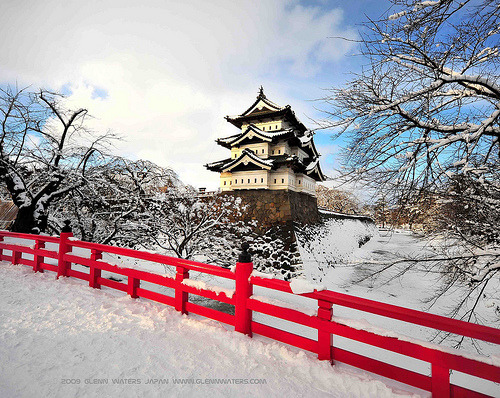出来ますか?
Do you can?
Bisa ga?
Here some verb form of dekiru
| Dictionary form | Dekiru | 出来る |
| Masu form | Dekimasu | 出来ます |
| Nai form (negative) | Dekinai | 出来ない |
| Masen (negative) | Dekimasen | 出来ません |
| Reba (If possible) | Dekireba | 出来れば |
| Tai form ( want) | Dekitai | 出来たい |
| Ta form (past form) | Dekita | 出来た |
| Ta form (polite) | Dekimasuta | 出来ました |
Use to explain that subject can do some thing
digunakan untuk menjelaskan bila subyek dapat mengerjakan sesuatu, atau mempunyai sesuatu kemampuan.
See some example below
彼女は日本語が出来ます。
Kanojyo ha nihongo ga dekimasu
She can speak Japanese.
Dia dapat berbicara bahasa Jepang
彼は運転が出来ます
Kare ha unten ga dekimasu.
He can drive.
Dia dapat menyetir.
Use with yoku
Beside use particle ga before dekimasu, yoku also use to make sentence have meaning that subyek can do well.
Tambahan yoku berarti dia sangat dapat, atau dapat melakukan dengan baik.
See some example below
彼女は料理が良く出来ます
Kanojyo ha ryouri ga yoku dekimasu.
She can cook well.
Dia sangat pandai/bisa memasak.
Negative sentence sample
私は運転が出来ない。
Watashi ha unten ga dekinai.
I cannot drive.
Saya tidak bisa menyetir.
For information, before dekiru / dekimasu/ dekinai, is Object (noun) + particle ga, this is basic formula using dekiru.
Rumus Umumnya sebelum dekiru digunakan Object (noun) + partikel ga.
Use to explain some work that finished, commonly use in intransitive verb
料理が出来ました。
Ryouri ga dekimashita.
The dish is finished.
Masakan sudah selesai.
仕事が出来ました
Shigoto ga dekimasita.
The work is finished.
Kerjaan sudah selesai.
空港の前に新しいホテルが出来た。
Kuukouno mae ni atarashii hoteru ga dekita.
A new hotel was completed in front of the airport.
Hotel baru selesai di bangun di depan Bandar udara.








